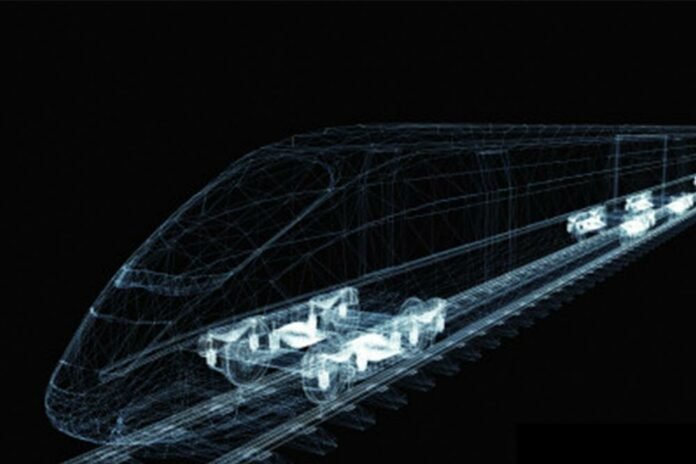railway-international.com
07
'21
Written on Modified on
Hitachi Rail boosts maintenance offer as it completes acquisition of digital tech firm Perpetuum
Hitachi Rail has today completed the acquisition of Perpetuum, a British rail technology firm that continues to pioneer digital solutions that dramatically improve train reliability and performance.

With the deal complete, Perpetuum’s digital solutions will further improve, optimise and expand the application of the technology across Hitachi’s global transportation portfolio.
The integration of digital technology has a major role to play in enhancing the effectiveness and efficiency of operations, train service and maintenance. The acquisition follows the global mobility firm’s strategy of expanding its digital capabilities, including Hitachi’s Lumada platform that uses AI and Internet of Things to turn data into actionable business insights.
Perpetuum’s wireless sensors spot faults remotely, operating on a continuous basis while trains are running. This calculates the “Health Status” of the components, identifying potential issues to be fixed before they delay passengers’ journeys.
In fact, none of the 3,000+ carriages that are fitted with the application have ever had critical components fail in service.
Opportunities for growth across both geographies and asset categories
Perpetuum already has blue-chip customers across three continents, but this acquisition is likely to drive further growth in the application and scope of their technology. Hitachi’s global portfolio of projects, particularly in the Middle East and the Americas, includes a growing number of turnkey schemes, in which the whole transport and infrastructure systems are delivered. Some these schemes will also see Hitachi manage the passenger operations of the newly completed transit systems.
Furthermore, while Perpetuum’s offering has largely focused on train bogies, the technology has the potential to provide actionable insights wherever it is generated on the train. It could also help with monitoring infrastructure assets – signalling equipment, tracks and even railway structures – ultimately leading to a more reliable service for customers.
Andrew Barr, Group CEO, Hitachi Rail said: “Hitachi is focused on expanding its digital innovation and sustainability offers, and the acquisition of Perpetuum achieves both goals.
“We’ll be able to improve the service to our customers using Perpetuum’s data-driven insights – leading to better journeys for passengers. We’re delighted to be expanding our portfolio with this exciting digital asset management solution across our global mobility business.”
Steve Turley, CEO, Perpetuum said: “We are excited to be joining Hitachi Rail, not only for the opportunity to grow our core business across global markets, but to continue to advance and transform railway and fleet management for all our customers and partners.”
Perpetuum’s technology helps to drive sustainability goals
Once installed on trains, Perpetuum’s self-powering sensors detect on-board vibrations and send back real-time data about the performance of critical train parts – faster and more accurately than traditional condition-monitoring approaches.
Combining this information with artificial intelligence-led analytical tools not only improves the performance of the railway, but also helps to make it more sustainable, because:
- critical parts on trains are replaced exactly when they need to be – which increases their lifespan by more than 25% – increasing maintenance efficiency and reducing industrial waste;
- since sensors are self-powering they don’t require batteries, unlike other solutions – meaning a single fleet of trains will avoid the creation 11 tonnes of toxic battery waste over its life time;
- maintenance needed by the trains can be reduced – increasing availability to provide reliable and efficient passenger services.
This is an improvement on traditional maintenance regimes. Traditionally, the wheels and equipment under the train carriages – known as bogies –– are maintained by periodic visual inspections. To ensure safety, parts are replaced frequently even if they demonstrate little damage during a visual inspection.
For example, the damage on a wheel’s surface progresses at an unpredictable rate. To be able to use remote condition monitoring to identify the initial start of damage – even before damage is visible during a visual inspection – means both solving potential failure before it happens but also increasing the life of the wheel and maintenance intervals.
www.hitachirail.com

